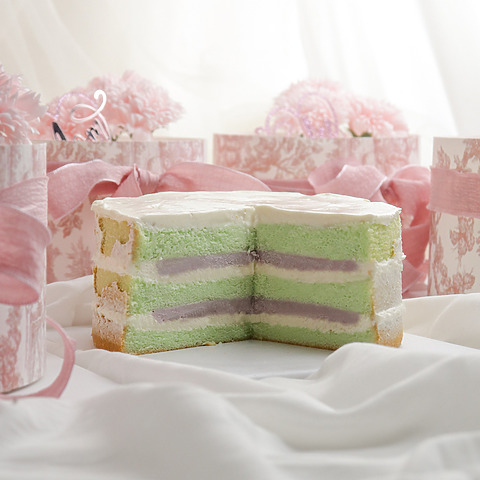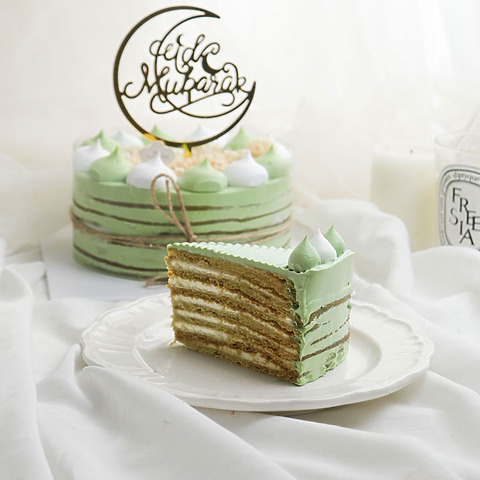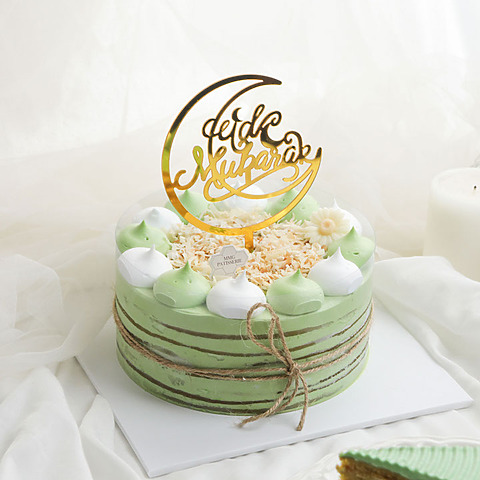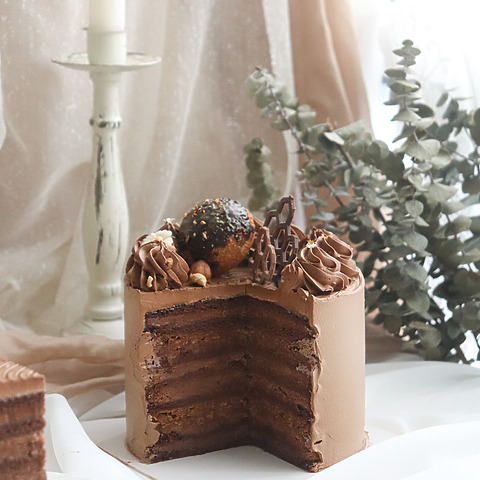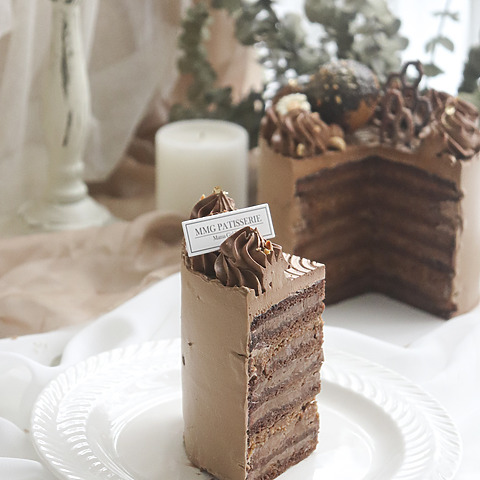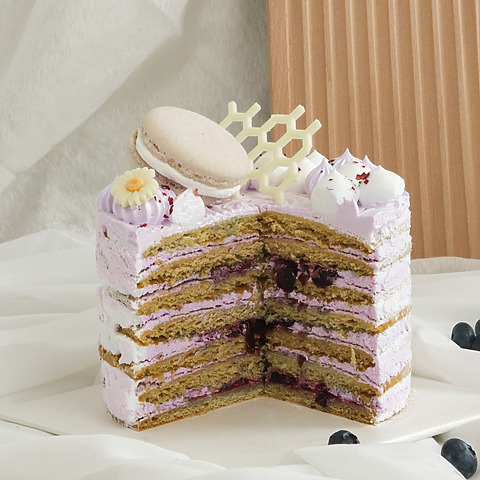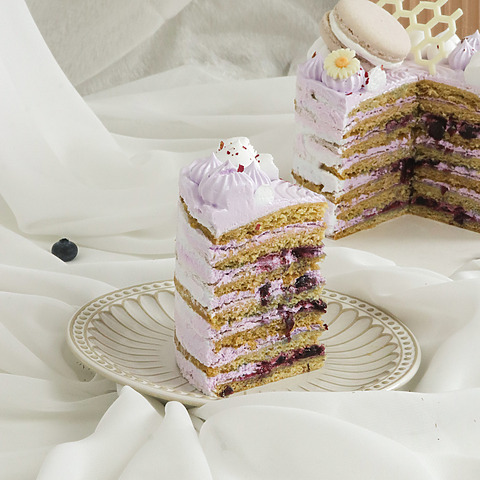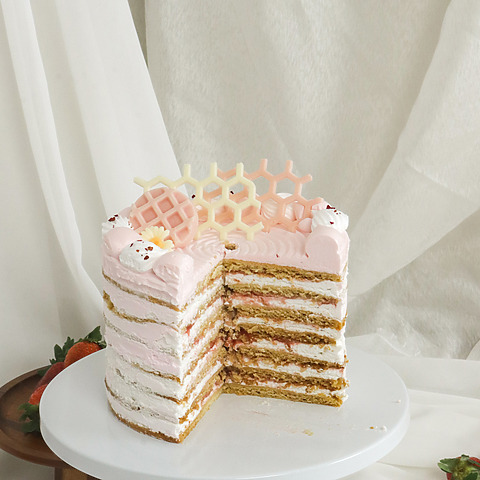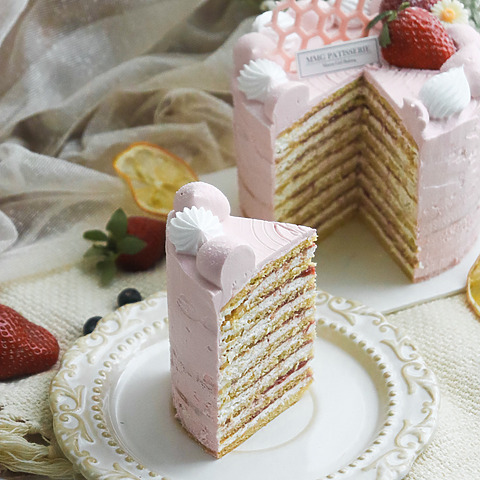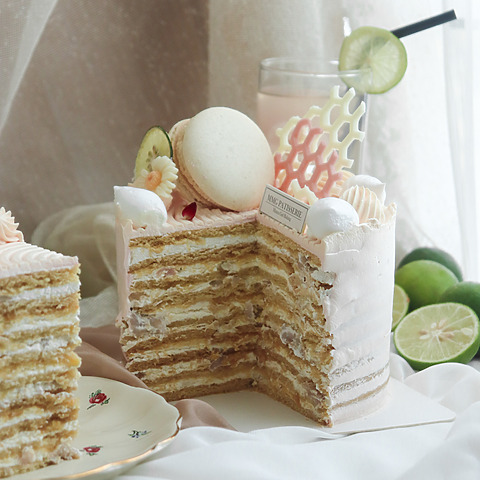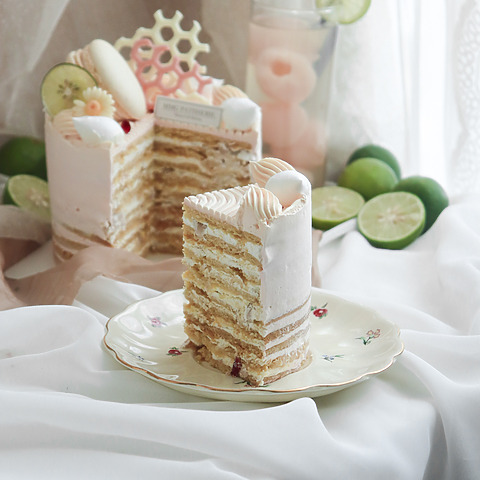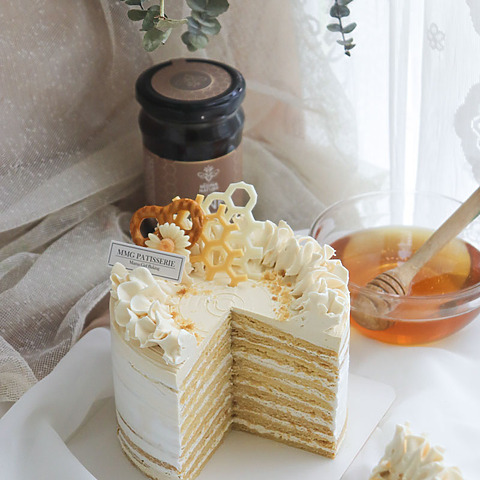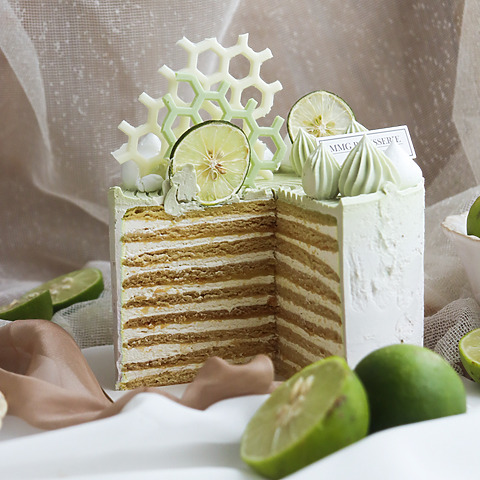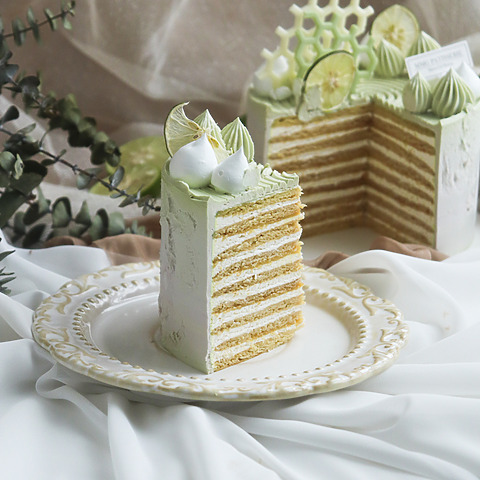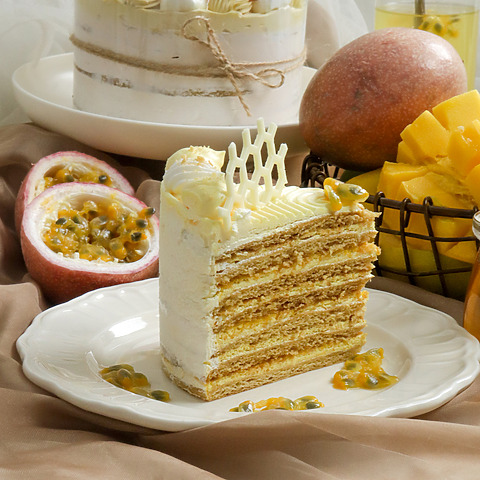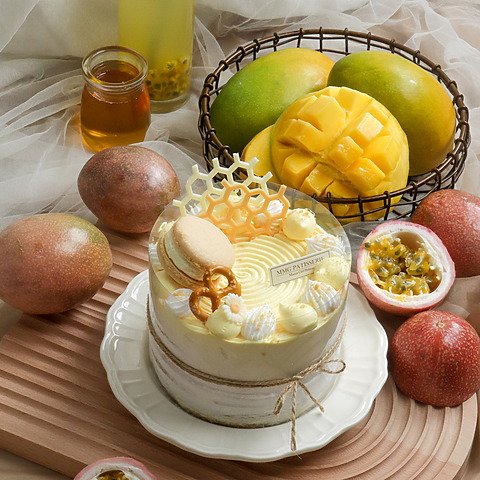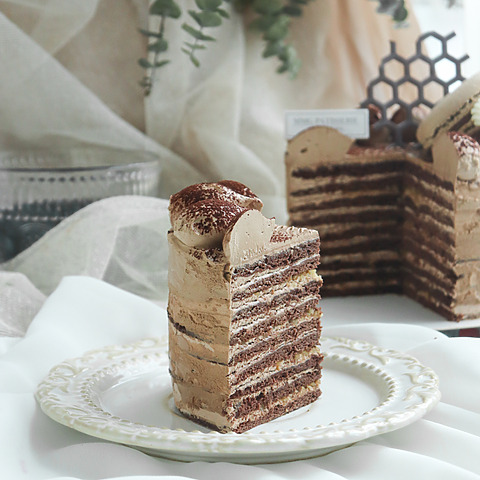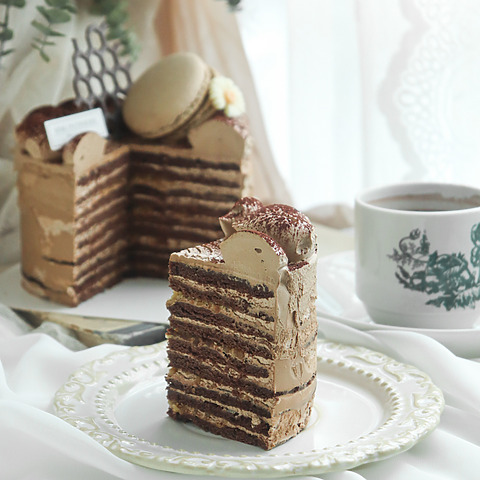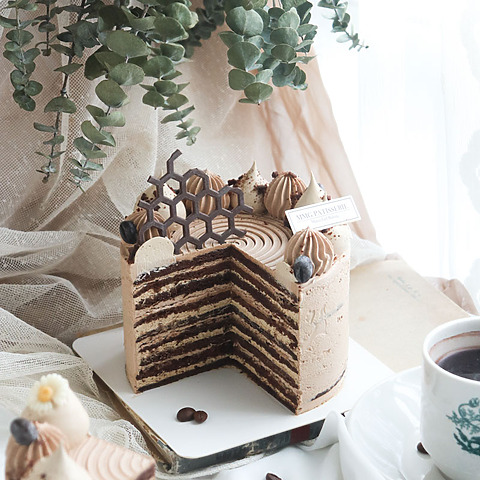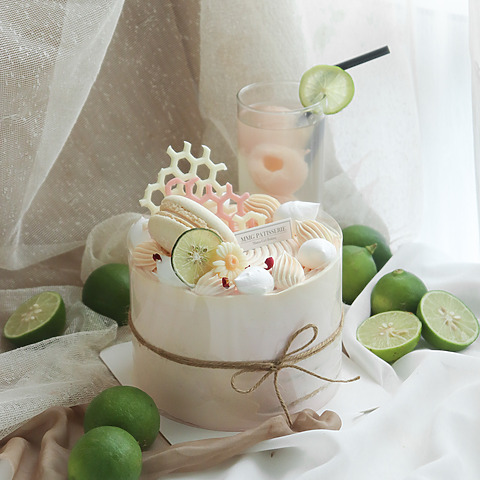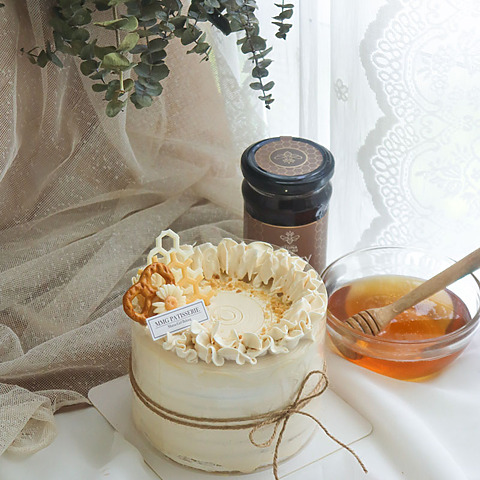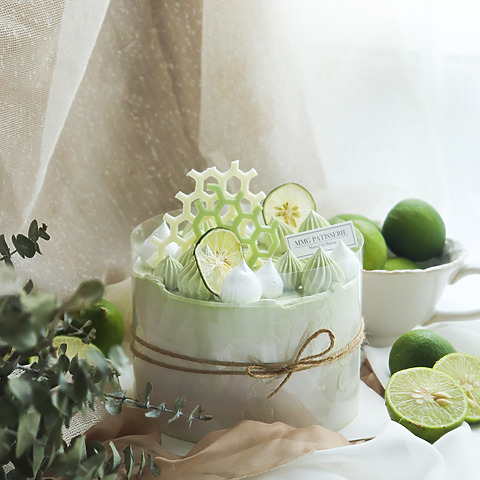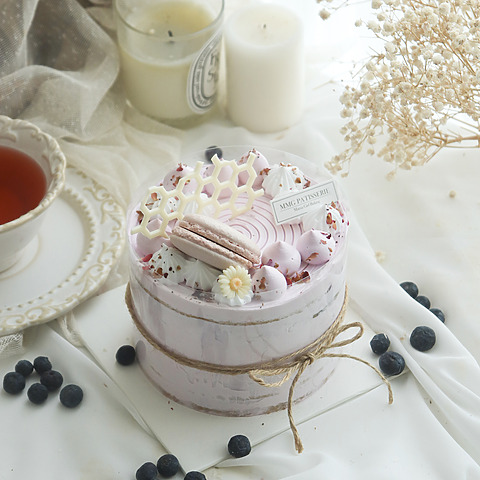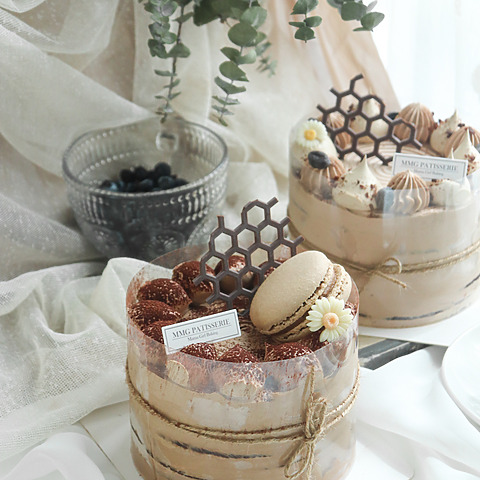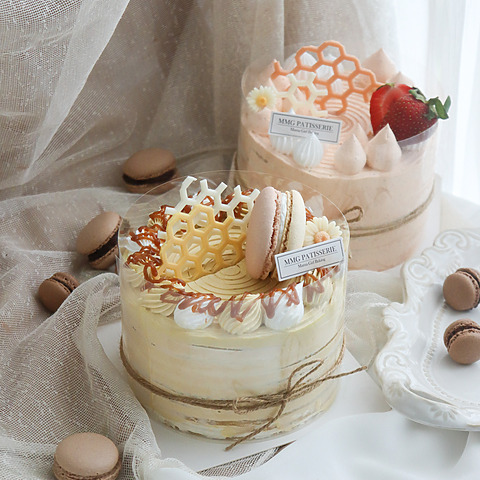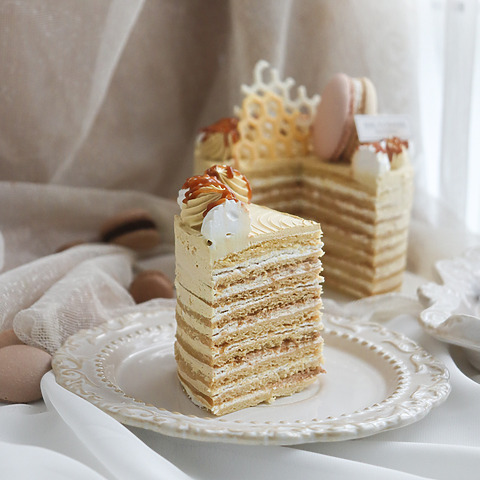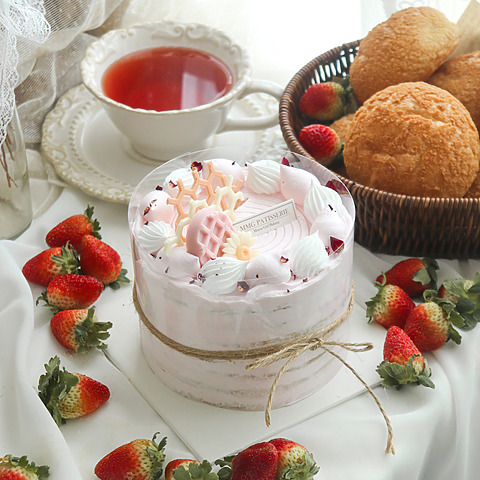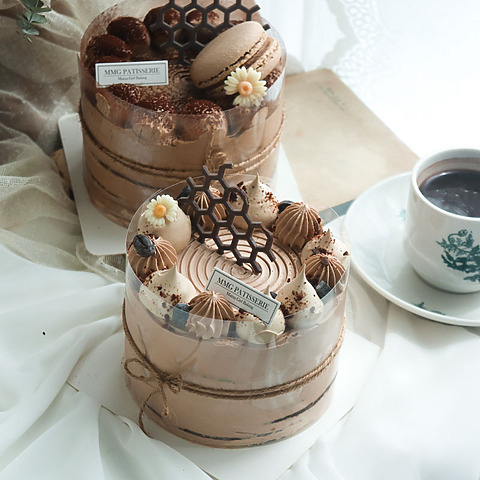Mooncakes: The Flavorful Delicacy of Tranquility for Mid-Autumn Festival
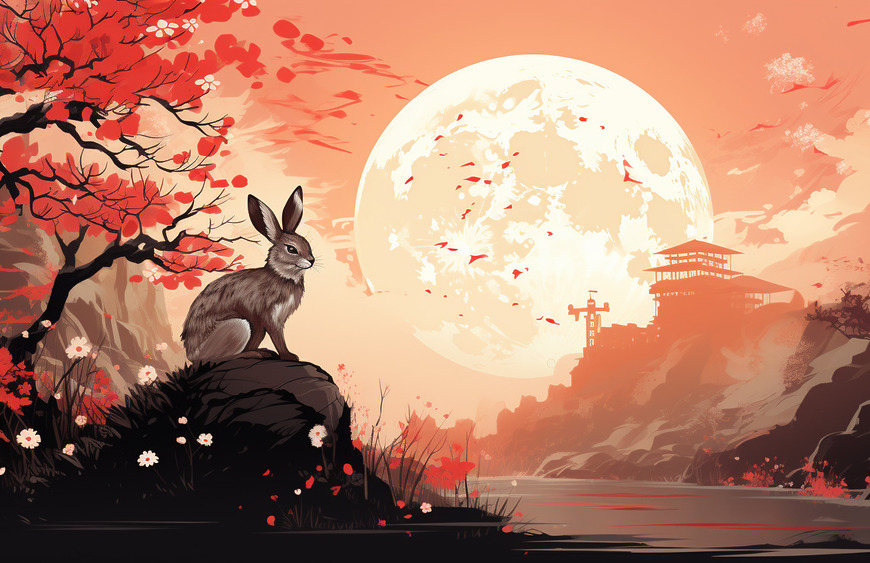
Delving into the delectable cuisine of East Asia unveils a potpourri of colors, flavors, history, and tradition uniquely merged into its food culture. A gleaming jewel of traditional Chinese gastronomy, Mooncakes are a timeless delight, enthralling the taste buds and emotions of those lucky to indulge in them. Signifying celebrations and unity, these round, pastry-like delicacies are much more than just a dessert – they’re capsules of history, tradition, and cultural significance nestled in sweet perfection.
Background and Historical Significance
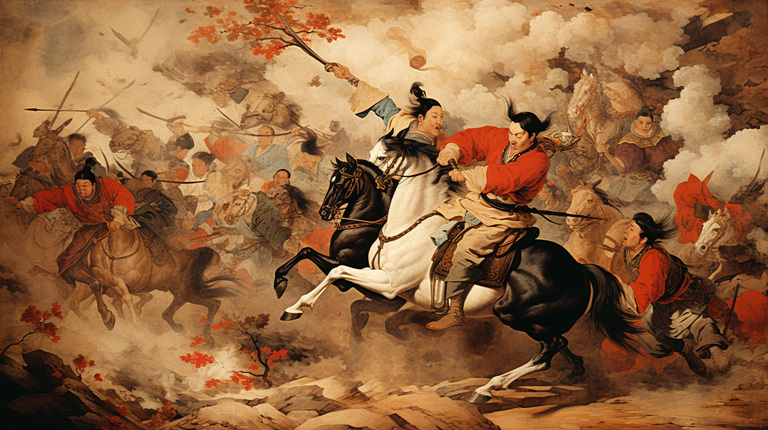
The origins of mooncakes can be traced back to the Yuan dynasty (1279-1368), evolving from simple baked wheat cakes into exquisite pastries over centuries. They are traditionally associated with the Mid-Autumn Festival, a cultural celebration held on the fifteenth day of the eighth lunar month (around September to early October in the Gregorian calendar).
Mooncakes and their link to the Yuan Dynasty present an intriguing piece of history. The legend details that during the Yuan Dynasty’s rule from Mongolia, the Han Chinese, who were under Mongolian subjugation, sought to overthrow their oppressors. However, communicating their plans was risky as any sign of rebellion could lead to harsh punishments. Enter the humble mooncake, which became their ingenious solution.
The rebellion leaders ingeniously decided to embed secret messages into the mooncakes, which were distributed during the Mid-Autumn Festival—a time when family gatherings would not evoke suspicion. As people cut and shared the mooncakes, they discovered and disseminated the messages, leading to coordinated rebellion efforts across large communities. This marked a significant turning point in history that resulted in the establishment of the Ming Dynasty. Today, every mooncake brings with it this inspirational story of unity and liberation with every bite.
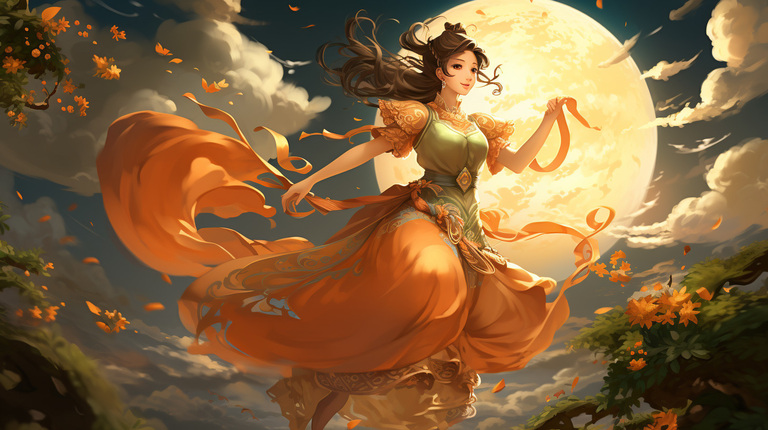
Mooncakes particularly commemorate the myth of Chang’e, the Moon Goddess of Immortality, who was said to have ascended to the moon after swallowing an immortality pill. To honor Chang’e, Chinese families would gather under the full moon, offering sacrifices, eating mooncakes, and appreciating the luminescent beauty of the moon, thereby reinforcing family ties and renewing bonds.
Celebrating the Mid-Autumn Festival
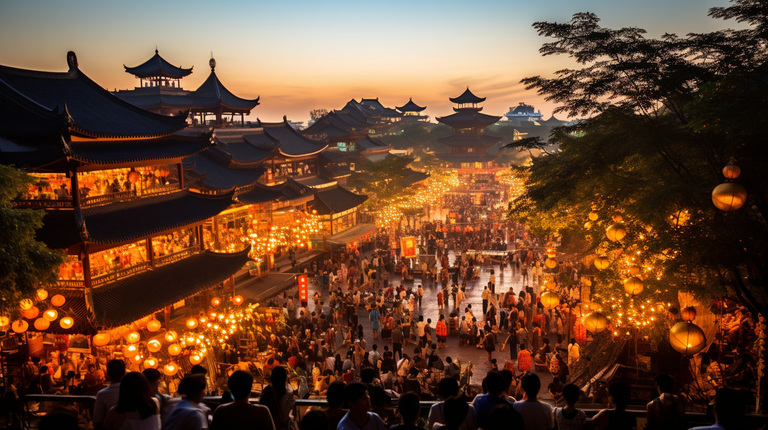
The Mid-Autumn Festival is celebrated with fervor and joy across different regions, each with their unique customs and traditions. It’s a time of family reunions, reminiscent of the full round moon, a symbol of unity and harmony.
Families often gather for a special dinner, sharing stories, laughter and a lavish spread of traditional dishes. After dinner, they venture outdoors to appreciate the beauty of the full moon, a sight more stunning on this night than any other.
Children run around joyfully, lighting and carrying colorful lanterns, which are believed to guide the spirits of ancestors and bring good luck and prosperity. Riddles are solved by moonlight, a tradition that aims to bring good fortune, improve relationships, and enhance thinking skills.
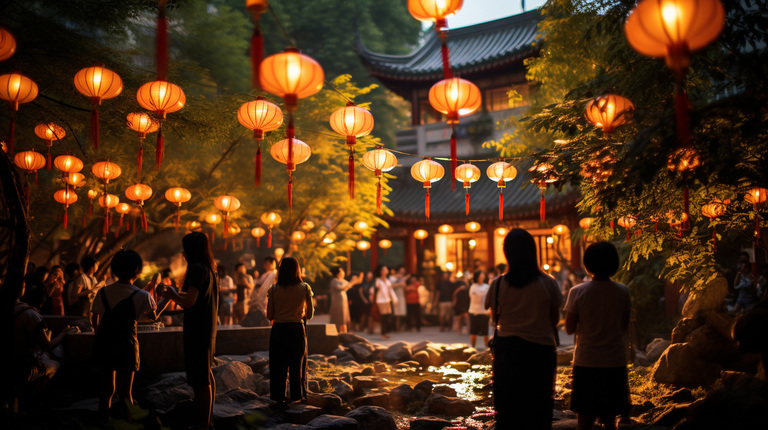
A significant part of the Mid-Autumn Festival is the ritual of offering mooncakes. The act of giving mooncakes is a heartfelt gesture, symbolizing the wish to bring to the receiver longevity and happiness. Cutting and sharing mooncakes among family members is a time-honored ritual, symbolizing unity and wholeness – themes that are central to the festival.
Amidst this bustling celebration, the taste of mooncakes – delicately sweet, rich, and warmly comforting – provides a moment of tranquility. It’s a taste that binds memories, tradition and cultural pride, savored against a backdrop of a serene moonlit sky. As you bite into our carefully crafted mooncakes, we hope to share with you this essence of the Mid-Autumn Festival – unity, love, and the celebration of a heritage as timeless as the moon itself.
Ingredients and Flavor Profile
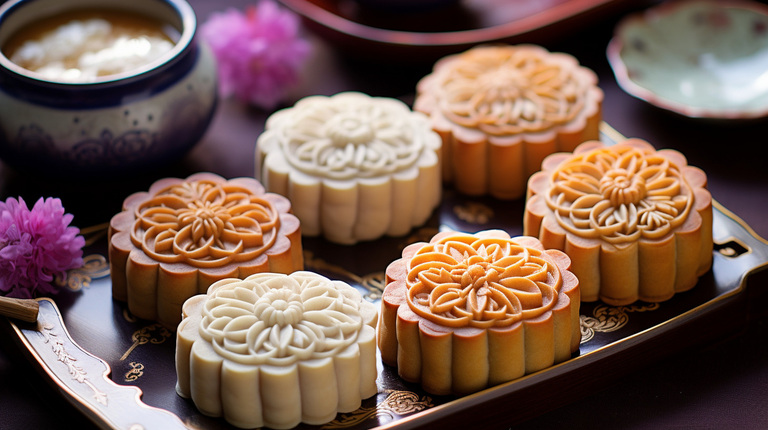
Mooncakes comprise two main components – the outer crust and the inner filling. The thin, soft, and tender crust is made from a dough of wheat flour, golden syrup, lye water, and vegetable oil, giving it its characteristic brown-golden hue after baking. Some contemporary versions use glutinous rice flour for a chewier texture.
The inner filling is diverse, making the mooncake a versatile delight. Traditional fillings include sweetened red bean paste, lotus seed paste, and salted egg yolk, symbolizing the full moon. Other fillings include jujube paste, taro paste, green tea paste, and an array of nuts and seeds incorporated for added flavor and texture.
A signature of the mooncake is the intricate designs imprinted on its crust before baking, representing Chinese characters for “longevity” or “harmony” and the fillings used, adding an artistic touch to the delightful pastry.
Mooncakes Varieties Across Regions
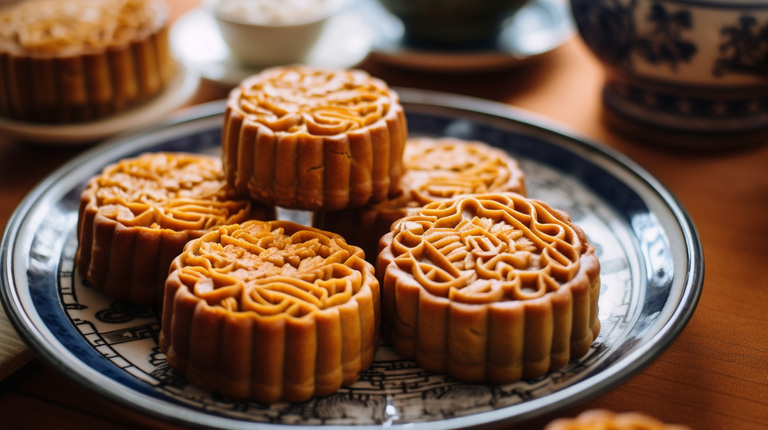
Mooncakes have spread across different regions, and each has developed its distinctive mooncake making style, influenced by local tastes and flavors.
The Guangdong-style mooncakes are renowned for their rich, sweet filling, and delicate, thin crust. More modern interpretations include diverse fillings like durian or even bird’s nest, reflecting Guangdong’s vibrant food culture.
The Suzhou-style mooncakes are notable for their flaky crust and savory fillings like minced pork or black sesame, reflecting the region’s preference for savory foods.
The Beijing-style mooncakes, known for their delicate patterns, feature a harder crust, traditionally filled with sweetened bean paste.
Mooncakes have also traveled across Chinese borders to countries like Vietnam, Malaysia, and Singapore, where they bear unique local influences through fillings like pandan, coconut, or green tea.
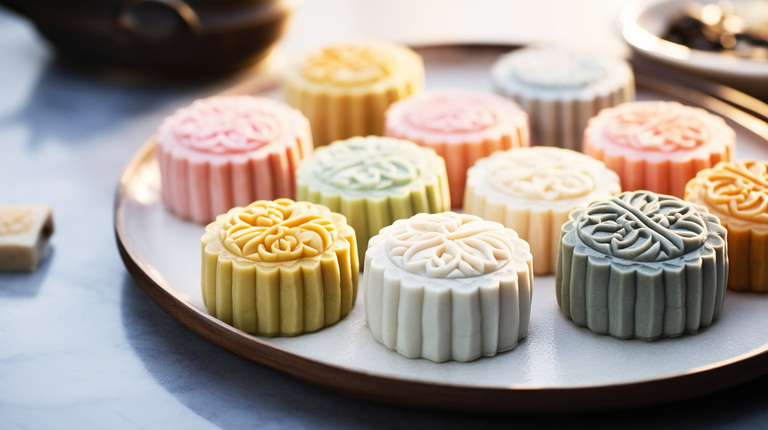
In Hong Kong, a modern interpretation known as the “Ice Skin” mooncake is a hit among the younger generations. These mooncakes feature a translucent, chewy outer shell made from glutinous rice, similar to Japanese mochi, and require refrigeration due to their delicate nature. Fillings range from the traditional to the inventive, such as fruity flavors or even durian.
Mooncakes from Taiwan often incorporate dried fruit, seeds, and nuts, creating a rich and textured filling. This is contrasted by a thin, tender crust, often imprinted with intricate designs.
To cater to evolving dietary preferences, there are also vegan and low-sugar alternatives of mooncakes available in the market, characterized by the use of plant-based fillings and sweeteners.
In essence, the endless variety of mooncakes stands as testament to the adaptability and diversity of this traditional pastry, meeting the taste buds of different people across the globe. So step into our bakery and discover the captivating world of mooncakes, from the classic to the contemporary, each baked with a generous sprinkling of history, culture, and heartfelt passion.
Making and Sharing Mooncakes
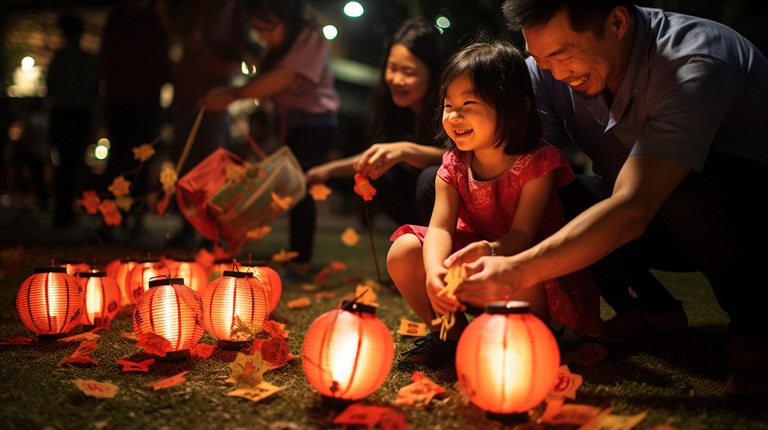
Making mooncakes requires patience and practice, as it involves perfecting the dough consistency, preparing the filling, shaping and assembling the mooncakes, and finally baking them to golden-brown perfection. The process might be meticulous but allows room for creativity, with the shaping of the patterned crust varying based on regional designs or molds used.
Mooncakes are typically cut into pieces and shared among family and friends, symbolizing unity and completeness. They’re beautifully packaged in ornate boxes, making them a popular gift item during the Mid-Autumn Festival. Each bite into a mooncake, soft or crunchy, sweet or slightly salty, embodies a unique fusion of flavors that translates the rich Chinese cultural heritage into a gastronomical delight.
Illuminate Your Mid-Autumn Moments with Our Captivating Mooncakes
At our MMG Patisserie, tradition meets innovation as we honor the enduring legacy of mooncakes while catering to contemporary palates. In light of this, we are exceedingly thrilled to introduce our Mooncake Specials for 2023. Throughout the centuries, mooncakes have transformed and diversified, and so has our commitment to their timeless craftsmanship. This year, we have curated an assortment of mooncakes, each handcrafted with precision, marrying traditional ingredients with modern flavors that are bound to surprise and delight.
We believe in bringing people together through the shared, joyous experience of food. And our 2023 Mooncake Specials capture this sentiment, offering not just a treat for the taste buds but a sensory journey through China’s rich culinary heritage. Explore our mooncake offerings today and share in the delight and unity that every bite of our carefully crafted mooncakes promises.
[5 Sets] Celestial Symphony Mooncake Festival Gift Box 2023
[3 Sets] Celestial Symphony Mooncake Festival Gift Box 2023
[2 Sets] Celestial Symphony Mooncake Festival Gift Box 2023
[1 Set] Celestial Symphony Mooncake Festival Gift Box 2023
Mooncakes are not just a confectionery item; they are a testament to the rich culinary heritage of China, the Chinese diaspora and a symbol of cultural identity celebrated across generations. A bite into a mooncake transports you on a journey through centuries of Chinese history and tradition, embodying the essence of unity, prosperity, and the timeless beauty of the moon’s tranquility. As the cultural landscape diversifies and evolves, mooncakes will continue to delight palates with their traditional essence and modern interpretations, remaining a celebrated favorite during the Mid-Autumn Festival and beyond.
![Mooncakes: The Flavorful Delicacy Of Tranquility For Mid-Autumn Festival 9 [5 Sets] Celestial Symphony Mooncake Festival Gift Box 2023](https://mmgpatisserie.com/wp-content/uploads/5-Sets-Mooncake-450x675.jpg)

![Mooncakes: The Flavorful Delicacy Of Tranquility For Mid-Autumn Festival 11 [3 Sets] Celestial Symphony Mooncake Festival Gift Box 2023](https://mmgpatisserie.com/wp-content/uploads/3-Sets-Mooncake-450x675.jpg)
![Mooncakes: The Flavorful Delicacy Of Tranquility For Mid-Autumn Festival 13 [2 Sets] Celestial Symphony Mooncake Festival Gift Box 2023](https://mmgpatisserie.com/wp-content/uploads/2-Sets-Mooncake-450x675.jpg)
![Mooncakes: The Flavorful Delicacy Of Tranquility For Mid-Autumn Festival 15 [1 Set] Celestial Symphony Mooncake Festival Gift Box 2023](https://mmgpatisserie.com/wp-content/uploads/1-Set-Mooncake-450x675.jpg)
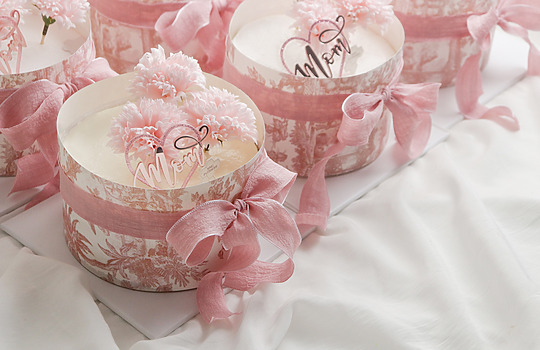
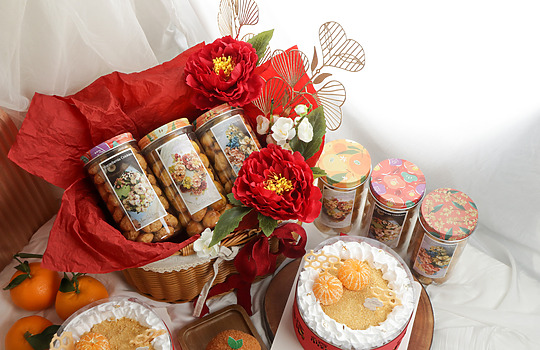
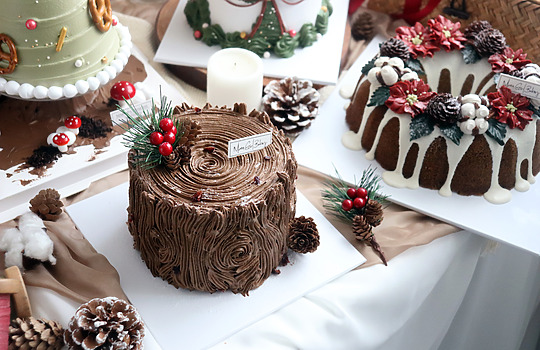
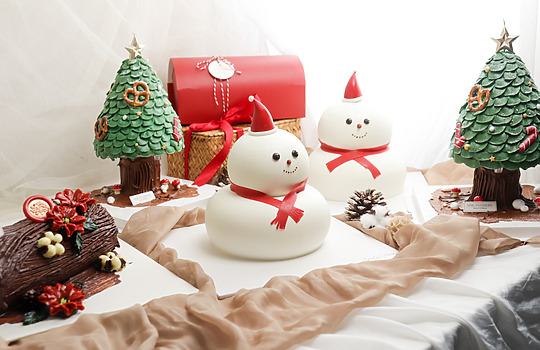
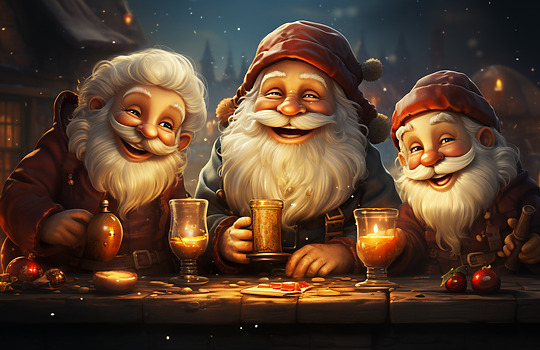
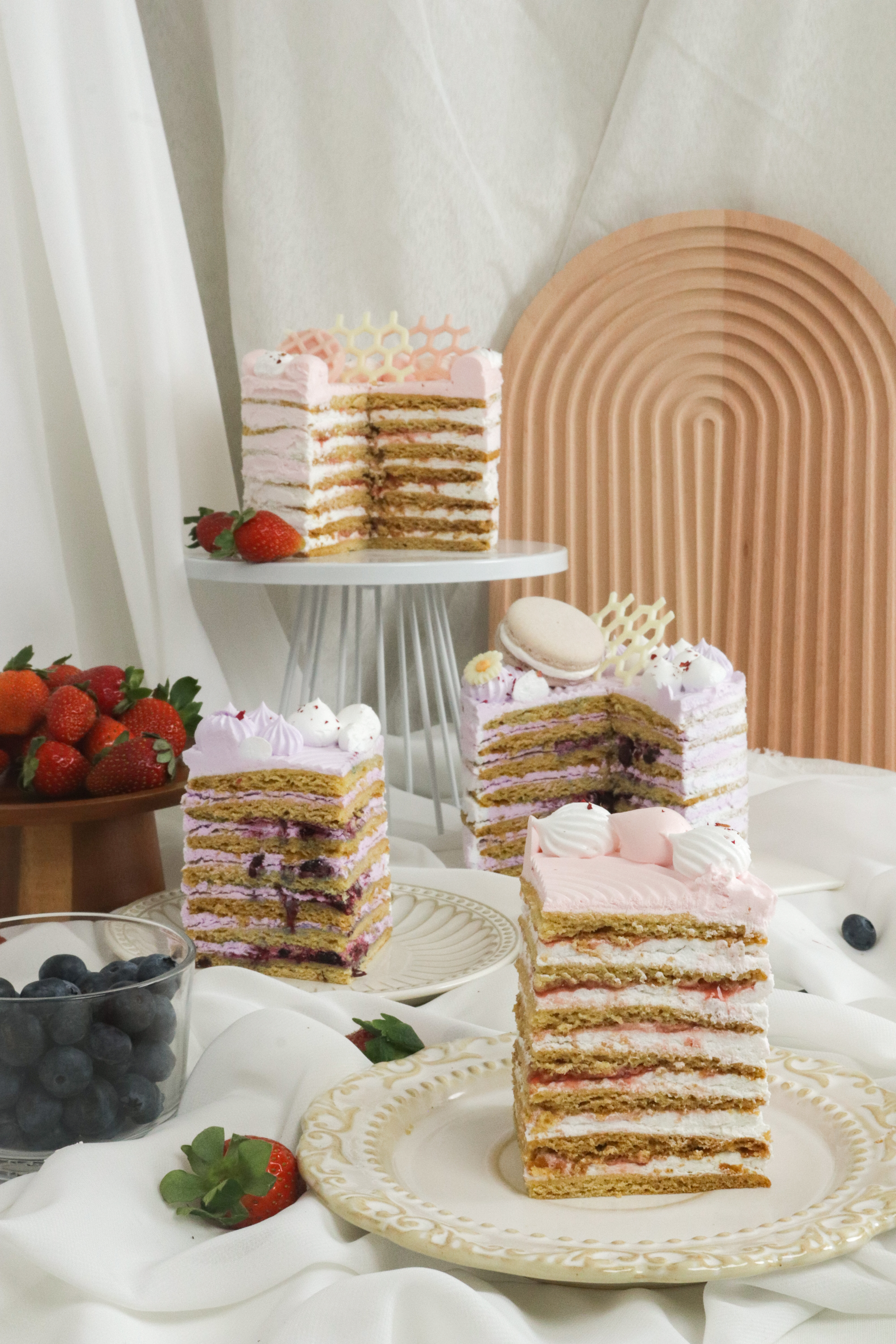
![Taro Pandan Coconut Bliss Cake 6" [Mother's Day Special]](https://mmgpatisserie.com/wp-content/uploads/1--480x480.jpeg)
